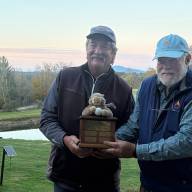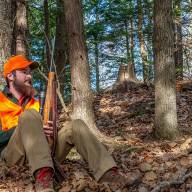The Mad River Valley Rural Resource Commission (RRC) is seeking historical photographs of The Valley to create a visual narrative illustrating The Valley’s evolution over time, providing an opportunity for community engagement, and preserving history.
Established in the late 1980s, the MRV Rural Resource Commission was the first of its kind in Vermont to be designated as a Certified Local Government (CLG) under the National Historic Preservation Act. The MRV Rural Resource Commission was granted this status through the Certified Local Government Program. The CLG Program promotes the idea that local governments should be actively involved in finding, assessing, recording, and protecting local historic assets.
Mad River Valley Planning District community planner Sam Robinson, spokesperson for the RRC, said that organizers are interested in pictures from the early 1900s but also, for those from any time up to the early 2000s.
“Whether they’re interesting snapshots of daily life from a particular time period, landmark events, or recognizable people/places, they all contribute to the rich mosaic of our shared past. If you’re unsure whether your photos fit the criteria, we encourage you to reach out or send them anyway. Every photograph has a story to tell, and we’re keen to hear yours. By sharing your images, you play a crucial role in preserving the multifaceted history of the Mad River Valley,” Robinson wrote in recent newsletter.
The Rural Resource Commission is available to help digitize photos. There is a suggested cap of 20 photos per submitter, and volunteers will bring their portable scanner to meet photo donors at their chosen location. Digitization will also be offered during standard business hours at the General Wait House (8:30 a.m. to 5 p.m. Monday – Friday) from May 20 to May 31, with the availability to accommodate appointments outside of those hours as needed. To schedule a digitization appointment, contact Robinson (
Ready to be part of this historical endeavor? Contact Robinson to schedule a discussion about the project.
“We’re excited to hear your stories, view your photographs, and explore how you can contribute to conserving The Valley’s history,” he added.













